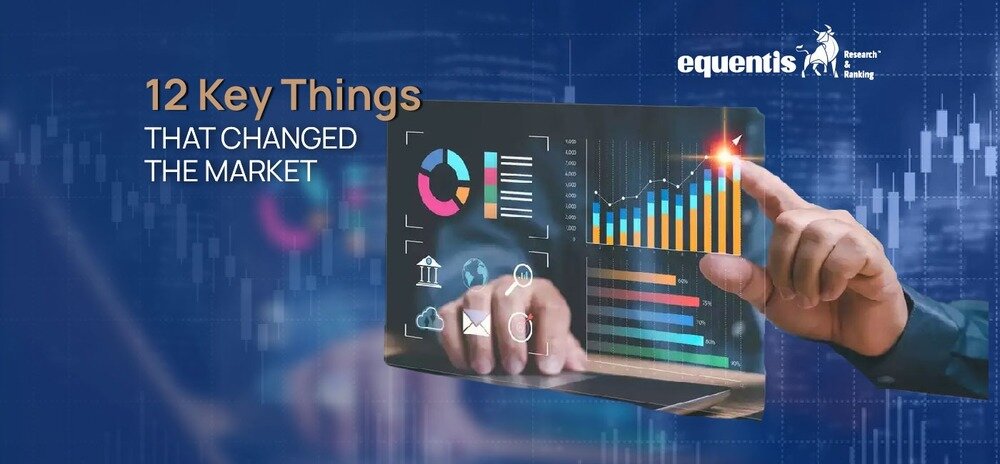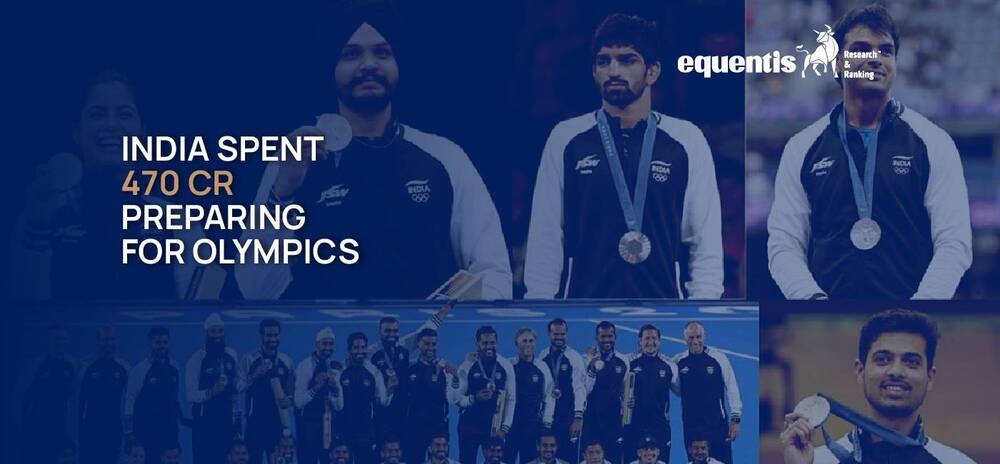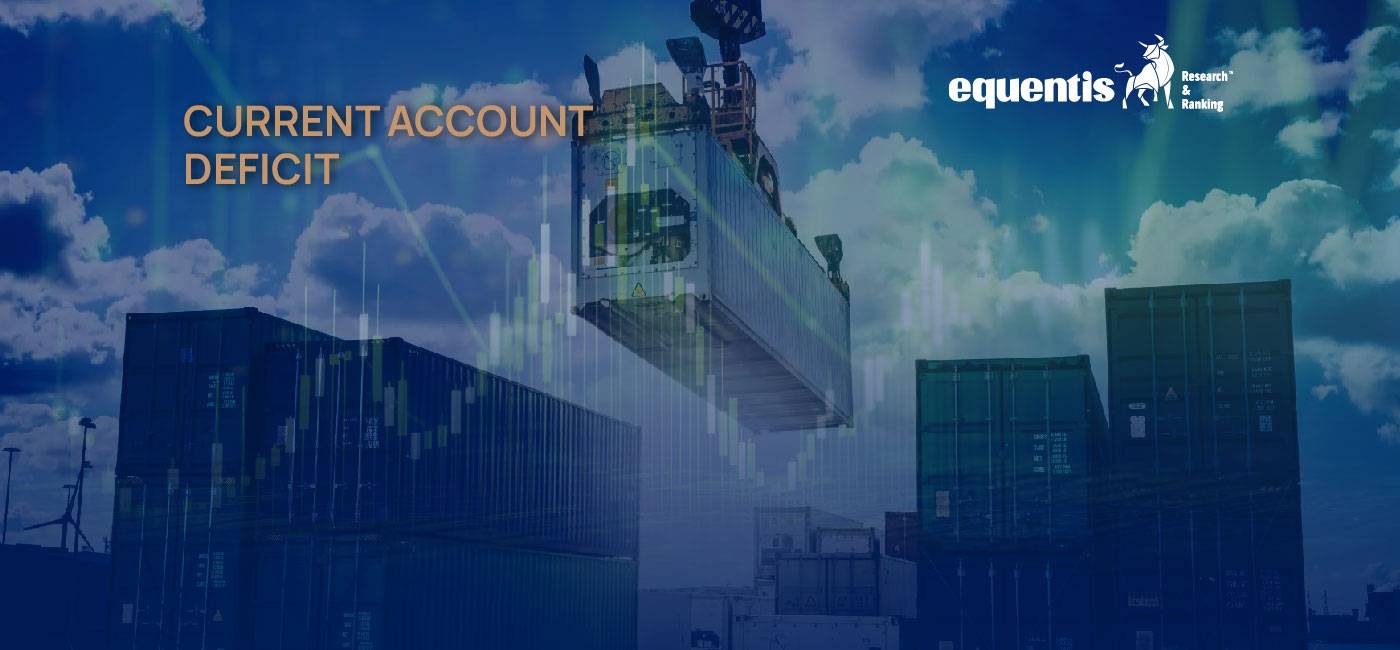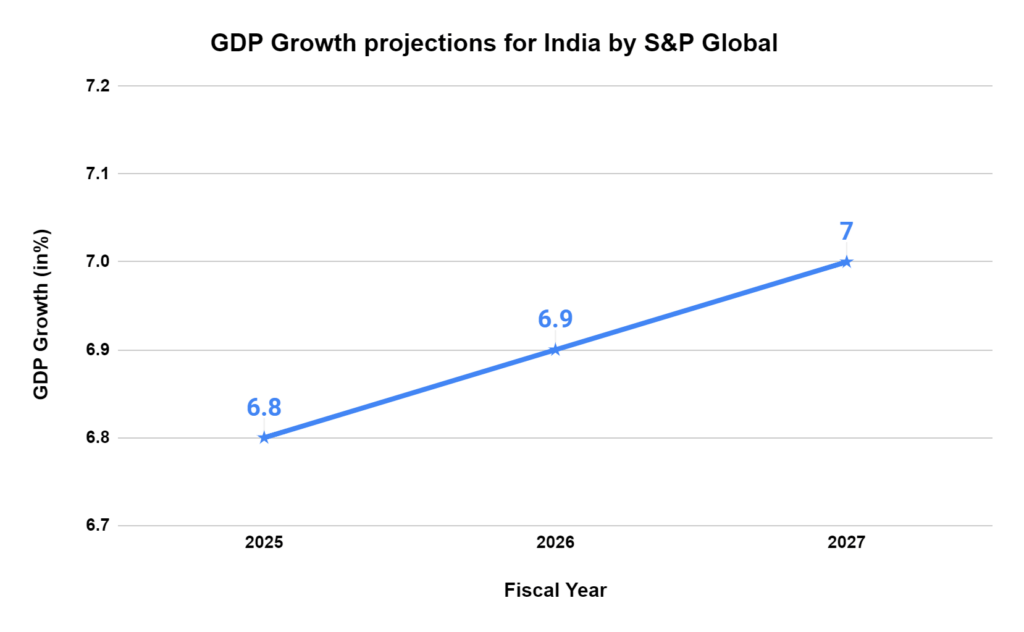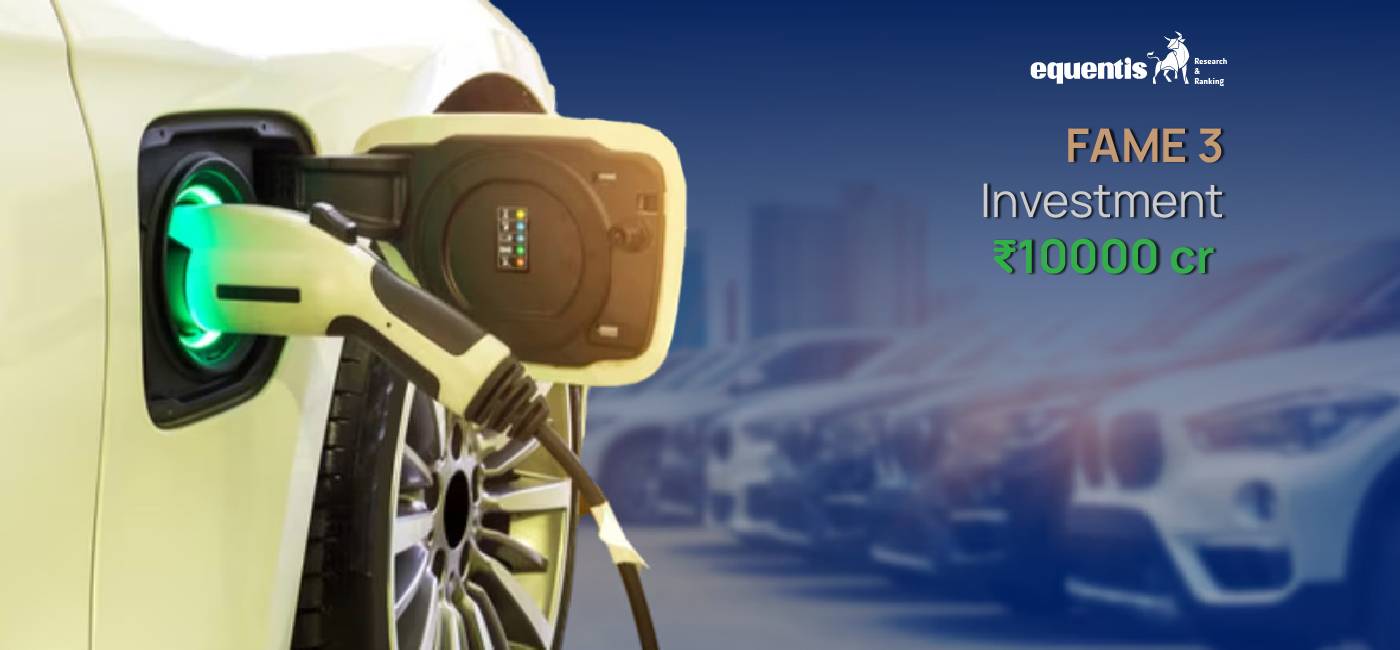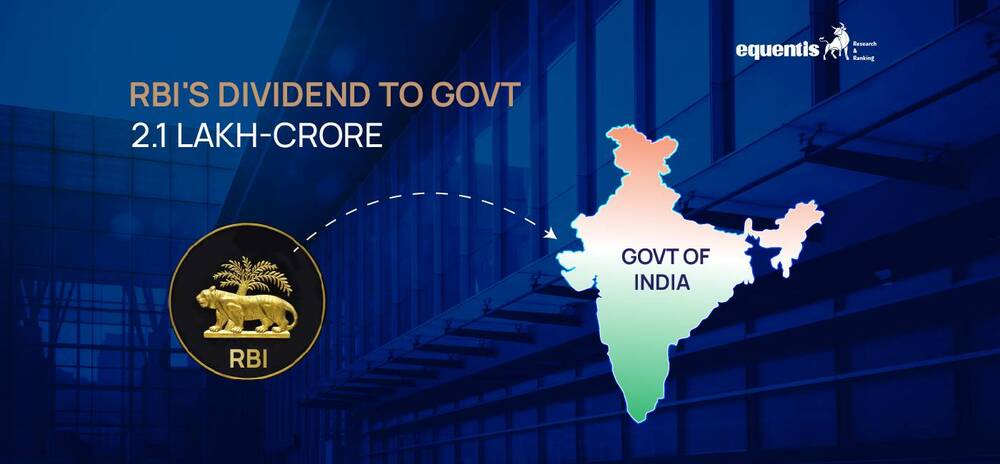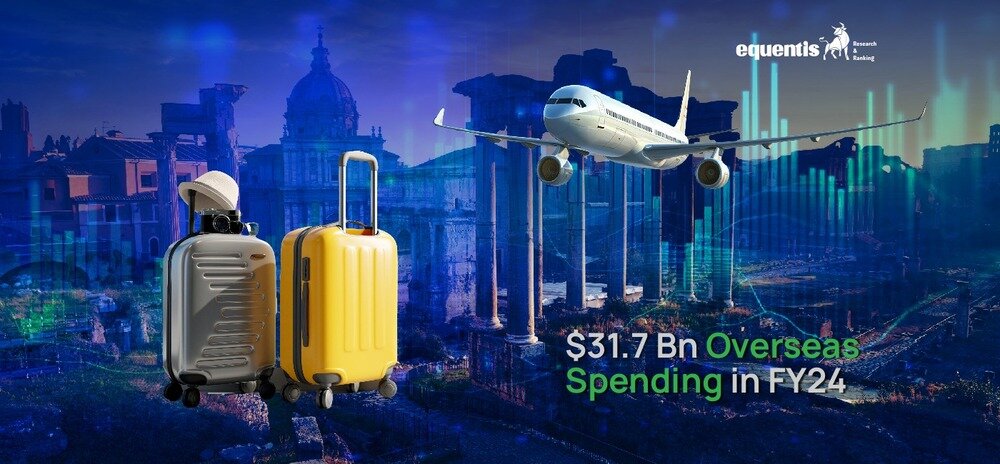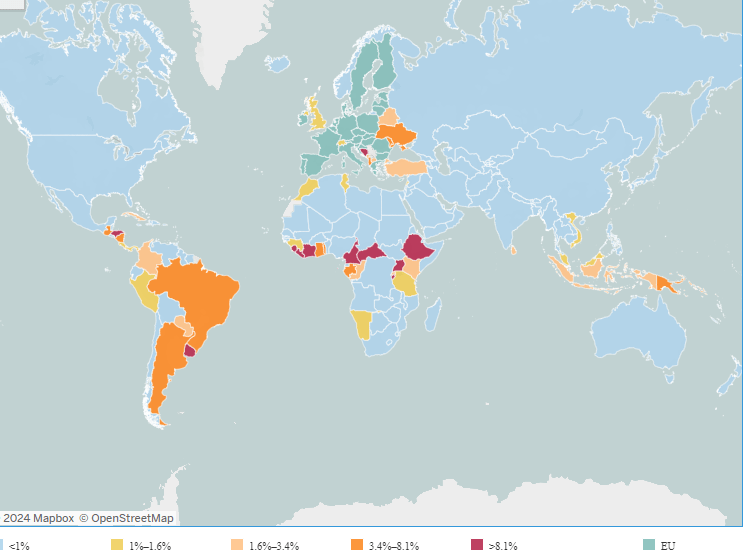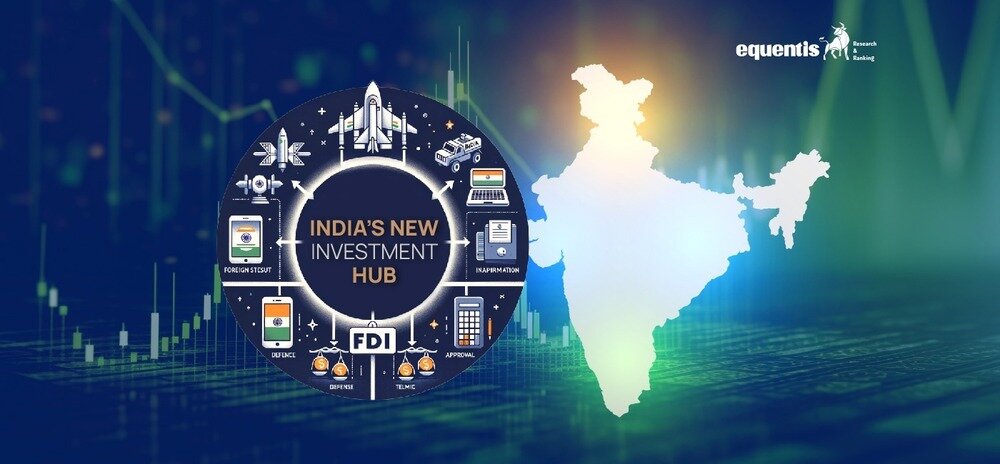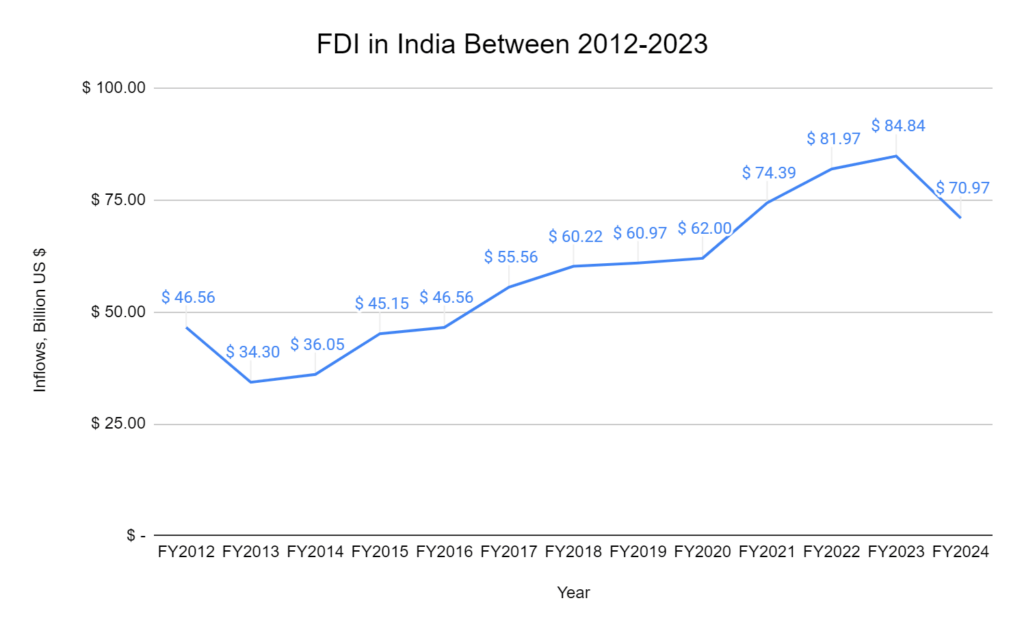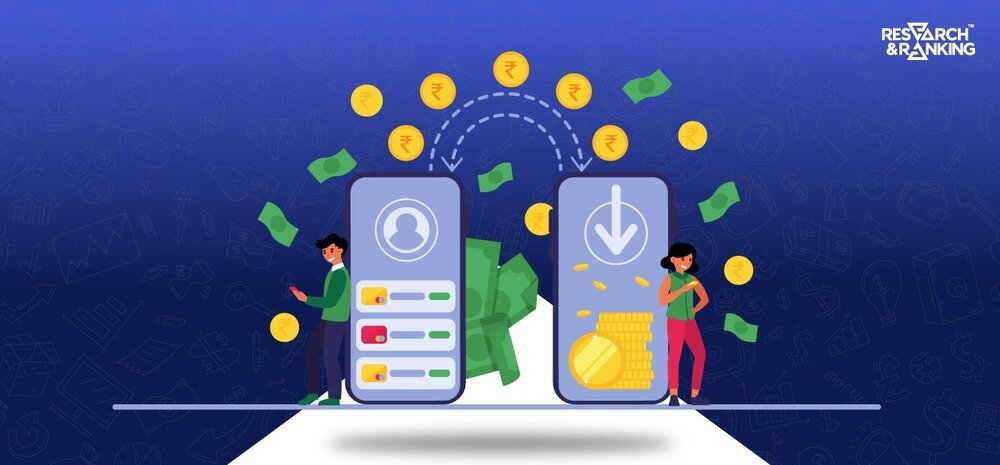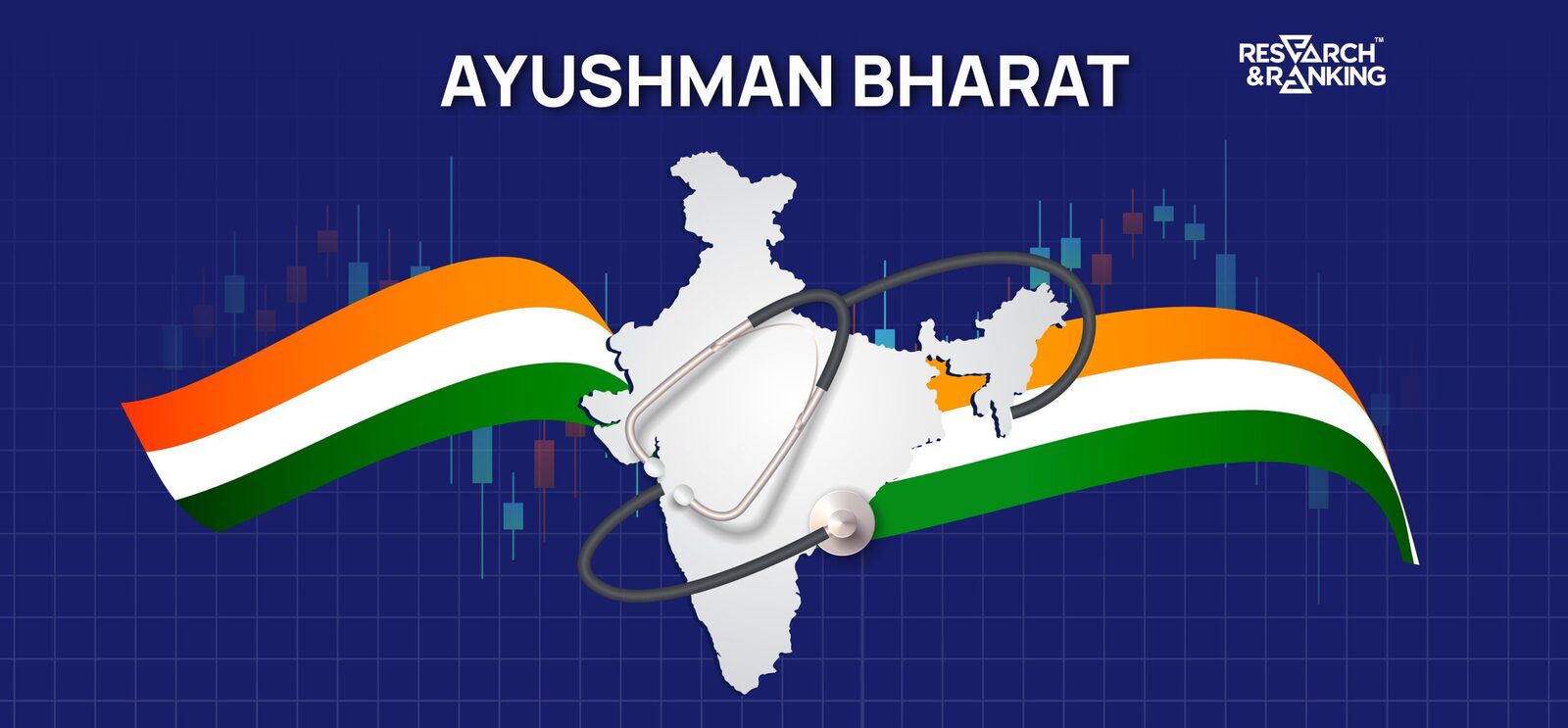India’s real estate sector, particularly in metropolitan regions, has seen significant price hikes in recent years. Average prices for new launches in the top 10 cities surged by 88% over the last five years, as highlighted in a recent report by PropEquity, a real estate data analytics firm.
In particular, two regions in Delhi-NCR have recorded a remarkable 145% surge in housing prices during this period. This sharp growth prompts crucial discussions about the future of real estate in other cities and its broader impact on homebuyers, investors, and the real estate sector.
Source: Economic Times
According to recent data from Knight Frank, 173,241 residential units were sold across eight key markets in India during the first half of 2024. This reflects a 10.6% year-on-year increase in sales, achieving the highest half-yearly figures in 11 years.
Source: globalpropertyguide.com
According to the data based on PropEquity, from 2019 to 2024, approximately 15,000 projects, including apartments, floors, and villas, were launched in India’s top 10 cities. These cities include Bengaluru, Chennai, Hyderabad, Kolkata, Mumbai, Thane, Navi Mumbai, Pune, Noida, and Gurugram.
Housing price rise of new launch projects across top 10 Indian cities
| Cities | 2019 | 2024 | Overall | Y-o-Y |
| Gurugram | Rs.7500 | Rs.19,500 | 160% | 32% |
| Noida | Rs.6500 | Rs.16,000 | 146% | 29% |
| Bengaluru | Rs.5051 | Rs.10,020 | 98% | 20% |
| Hyderabad | Rs.4686 | Rs.8,500 | 81% | 16% |
| Chennai | Rs.4451 | Rs.8,023 | 80% | 16% |
| Pune | Rs.7300 | Rs.12,600 | 73% | 15% |
| Navi Mumbai | Rs.8500 | Rs.14,400 | 69% | 14% |
| Kolkata | Rs.4457 | Rs.7,500 | 68% | 14% |
| Thane | Rs.7200 | Rs.11,950 | 66% | 13% |
| Mumbai | Rs,25,820 | Rs.35,500 | 37% | 7% |
| Average | 88% | 18% |
Source: Economic Times
Housing Price Surge in Delhi-NCR
In the past five years, two key locations within the Delhi-NCR region, namely Greater Noida and Noida Extension, have experienced unprecedented increases in property prices. This price rise is primarily attributed to several factors, including infrastructure development, improved connectivity, and rising demand for residential spaces. As per reports, the cost of new housing projects in these areas has surged by more than 145%, reflecting the growing attractiveness of these areas for buyers and developers.
Key Highlights of the Report
Gurugram’s Major Price Surge
- Gurugram saw the highest price increase for newly-launched housing, rising from ₹7,500 per square foot in 2019 to ₹19,500 per square foot in 2024.
- This marks a significant 160% increase over five years.
Noida’s Rapid Growth
- Housing prices in Noida surged from ₹6,500 per square foot in 2019 to ₹16,000 per square foot in 2024.
- This represents a 146% rise in five years.
Bengaluru’s Notable Price Increase
- Bengaluru’s housing prices increased from ₹5,051 per square foot in 2019 to ₹10,020 per square foot in 2024.
- This indicates a 98% rise over the five years.
Hyderabad’s Steady Rise
- Hyderabad’s prices climbed from ₹4,686 per square foot in 2019 to ₹8,500 per square foot in 2024.
- This reflects an 81% growth in five years.
Chennai’s Significant Growth
- Housing prices in Chennai jumped from ₹4,451 per square foot in 2019 to ₹8,023 per square foot in 2024.
- This marks an 80% rise during the same period.
Mumbai’s Moderate Price Increase
- Mumbai experienced a more modest 37% price rise, moving from ₹25,820 per square foot in 2019 to ₹35,500 per square foot in 2024.
Factors Influencing Real Estate Prices Across Cities
Various factors shape the price trends in different cities, some common across regions and others specific to the local market dynamics.
- Lockdown Savings: Increased savings during lockdowns and minimal income disruptions among middle- and high-income groups have fueled demand in India’s residential real estate market.
- Economic Growth: A robust economic growth outlook has further boosted interest in residential properties.
- Infrastructure Development: Infrastructure development, including new roads, metro lines, and airports, plays a significant role in boosting property prices. Areas with better connectivity and amenities attract more buyers and investors.
- Urban Expansion: As Delhi’s central regions become overcrowded and expensive, many homebuyers and investors have shifted their focus to the peripheral areas of NCR, pushing up property prices.
- Demand-Supply Gap: With increased demand for residential properties and limited land availability, prices have been driven upward due to the mismatch between supply and demand.
- NRI Interest: Increased investment from non-resident Indians (NRIs) has contributed to demand.
- Stock Market Gains: Rising stock market performance has created wealth, further fueling property investments.
- HNIs and UHNIs Engagement: High-net-worth individuals (HNIs) and ultra-high-net-worth individuals (UHNIs) actively seek real estate opportunities.
- Real Estate Regulations: Government regulations, such as RERA and the implementation of the Goods and Services Tax (GST), have significantly impacted the real estate market. These regulations have increased transparency and improved buyer confidence, increasing demand and rising prices.
Average price per square foot of new housing project in Mumbai, Noida, Gurugram in 2024
| City | Average Price/Sq.ft |
| Mumbai | Rs. 35,500 |
| Gurugram | Rs. 19,500 |
| Noida | Rs. 16,000 |
Mumbai remains the priciest city in terms of per-square-foot pricing. Notably, in 2019, Mumbai was the only city with average prices for new launch projects surpassing ₹10,000 per square foot. By 2024, this threshold had been crossed by all but three cities: Hyderabad, Chennai, and Kolkata.
Source: Economic Times
Impact of Housing Price Surge on the Real Estate Sector
1. Homebuyers’ Dilemma
Rising property prices have made it increasingly challenging for potential homebuyers to find affordable housing. While the increased demand in areas like Greater Noida and Noida Extension reflects the popularity of these regions, it also limits options for middle-income groups. Many buyers are now forced to either increase their budget or look for properties in more remote locations.
2. Real Estate Investment
On the other hand, the price rise has been beneficial for investors. Those who invested in these areas five years ago have seen substantial returns, with property values appreciating significantly. The steady price increase will likely attract more investors to these regions as they seek to capitalize on future growth.
3. Developer Incentives
The booming real estate prices have encouraged developers to launch new Greater Noida and Noida Extension projects. With the possibility of higher profits, developers are focusing on delivering quality projects with modern amenities, catering to the growing demand for luxury and premium housing in these areas.
5. Shift Towards Suburban Areas
As property prices in metropolitan cities continue to rise, many buyers opt for homes in suburban areas with relatively lower prices. This trend has been particularly evident in cities like Delhi-NCR, Mumbai, and Bengaluru, where buyers move to peripheral areas for more affordable options.
6. Luxury Housing Segment Growth
While the demand for affordable housing has increased, there has also been a growing demand for luxury and premium housing in metropolitan cities. Developers are now focusing on high-end projects catering to affluent buyers willing to pay a premium for better amenities and locations.
7. Impact on the Rental Market
The surge in property prices has also affected the rental market, with rental rates rising in tandem with property values. In cities like Mumbai and Bengaluru, rental rates have increased significantly over the past few years, making it more expensive for tenants to find affordable accommodation.
What’s Next For The Realty Sector?
The sharp rise in housing prices in Delhi-NCR and other cities reflects the evolving dynamics in India’s real estate sector. As infrastructure development and urban expansion continue, property prices may rise further in the coming years. However, the market is also likely to see increased demand for affordable housing, with more buyers looking for homes that fit their budget.
The real estate market offers significant opportunities for investors, especially in regions that are still undergoing development. However, homebuyers face the challenge of finding affordable housing options as prices continue to rise.
As the real estate market continues to evolve, it will be important for buyers and investors to monitor local trends, government policies, and infrastructure developments that can influence property prices in their respective cities.
*Disclaimer Note: The securities quoted, if any, are for illustration only and are not recommendatory. This article is for education purposes only and shall not be considered as recommendation or investment advice by Research & Ranking. We will not be liable for any losses that may occur. Investment in securities market are subject to market risks. Read all the related documents carefully before investing. Registration granted by SEBI, membership of BASL, and certification from NISM in no way guarantee the performance of the intermediary or provide any assurance of returns to investors.
FAQ
Why has the real estate sector seen such a significant price hike recently?
The surge in real estate prices can be attributed to several factors. Firstly, the pandemic-induced work-from-home trend has shifted housing preferences, with buyers seeking larger homes with amenities like private gardens and study spaces. This increased demand has outpaced supply, driving prices up. Secondly, low interest rates have made homeownership more affordable, stimulating demand. Additionally, government initiatives like affordable housing schemes and infrastructure development projects have contributed to the growth of the real estate market.
Which cities have experienced the most significant price hikes in the past five years?
Delhi-NCR has witnessed the most substantial price increase, with a staggering 145% growth. Other cities with significant appreciation include Mumbai, Bengaluru, Hyderabad, and Pune. These cities have benefited from strong economic growth, job creation, and infrastructure development, making them attractive to homebuyers and investors.
What are the implications of such a significant price hike for homebuyers and investors?
While the price hike offers opportunities for investors to capitalize on the market’s growth, it can be challenging for first-time homebuyers. The rising cost of living and limited affordability may make it difficult for some to enter the market. However, options like affordable housing schemes and government-backed loans can help mitigate the impact.
What are the prospects for the realty sector in India?
The Indian real estate market is poised for growth, driven by factors such as urbanization, rising incomes, and government initiatives. However, regulatory changes, economic fluctuations, and geopolitical events could impact the market’s trajectory. Buyers and investors must stay informed about market trends and consult with experts to make informed decisions.

